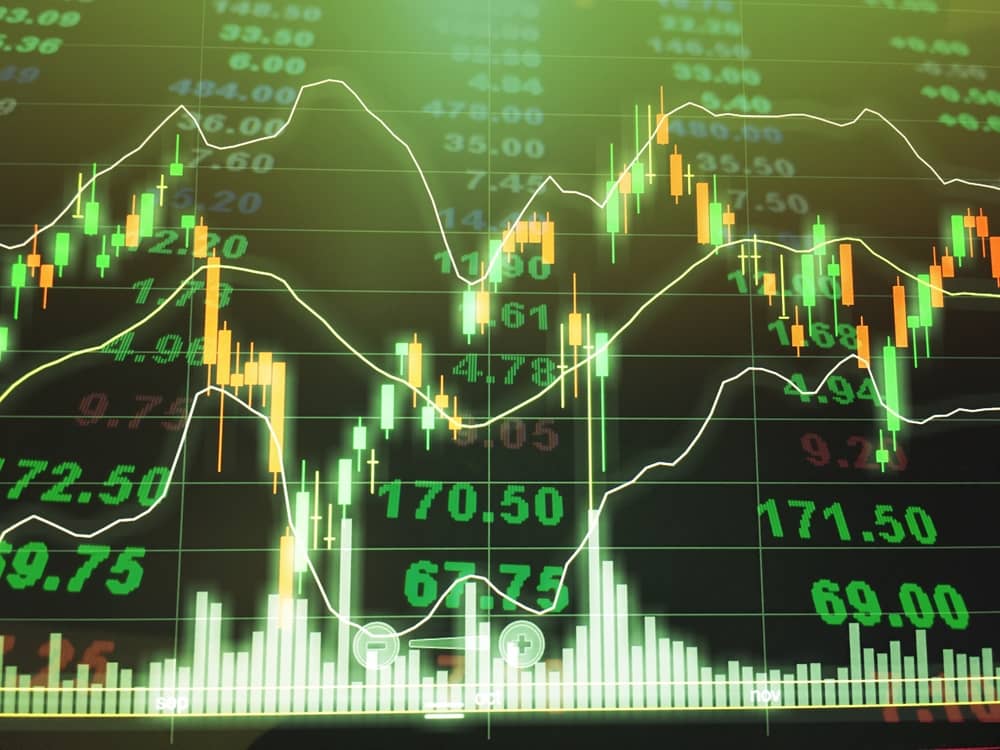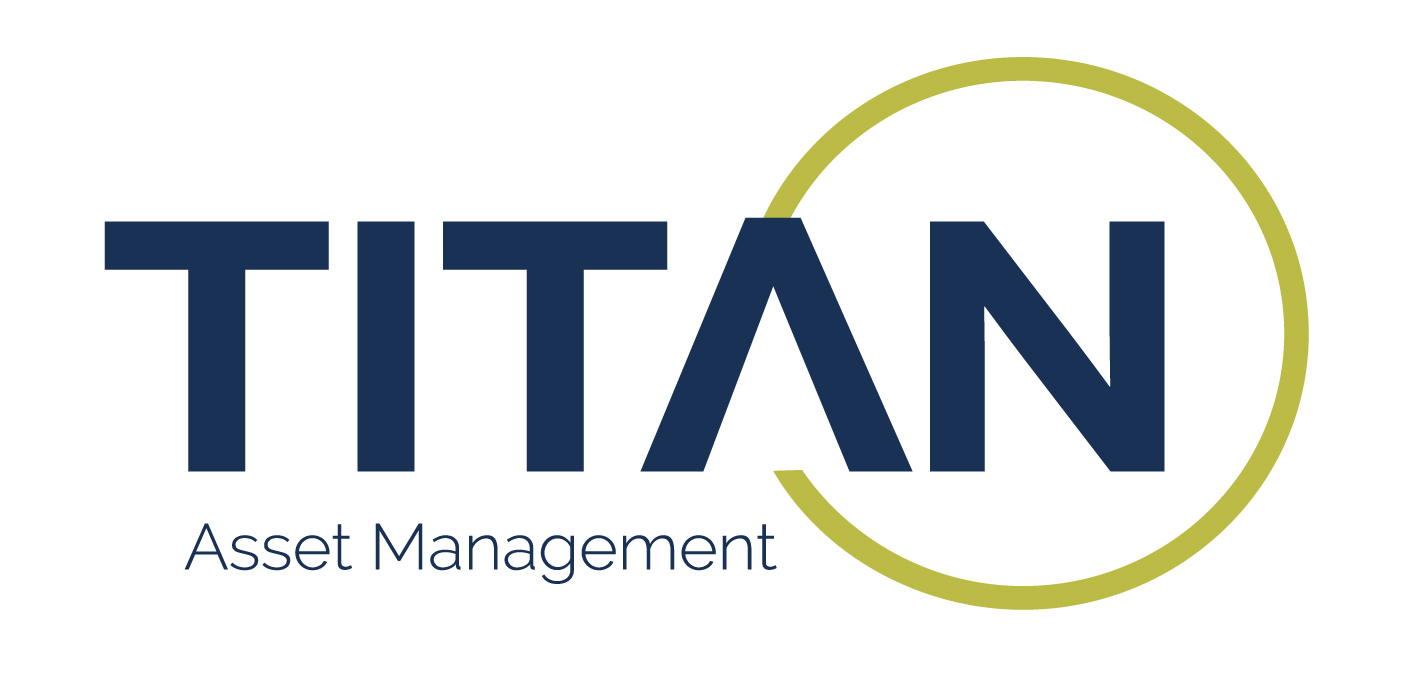Given the lack of consensus on what ESG actually is, the task of fitting it neatly into any box of products is unenviable. Endeavouring to solve this equation was a panel of experts at Big Call: ESG Investor’s Forum, with ETF Stream's founder and strategic adviser David Stevenson stating ESG’s crossover with factors raised “ontological” questions.
Broadly, factor investing can be defined as an attempt to screen or tilt the market using quantitative measures, with conventional smart beta philosophies including value, momentum, size, quality and growth.
Paris Jordan, multi-asset analyst at Waverton Asset Management, said ESG already touches on many of these traditional areas of factor investing.
“ESG constitutes multiple different factors that have already been identified. Quality is an overwhelming factor within ESG and there are other elements such as high profitability and size.”
Looking at the ‘usual suspects’ within ESG indices, investors can often find themselves overweight large technology companies which have a strong correlation with the growth factor.
Jordan added there is a behavioural element to ESG which needs to be accounted for, especially how the best performers on ESG metrics tend to adapt better to consumer appetites and how they are often better positioned to mitigate risks posed by new regulation. These may constitute factor considerations in and of themselves, Jordan argued.
Unconvinced, John Leiper, CIO at Titan Asset Management, revisited a Research Affiliates paper from 2016 by Noah Beck and Vitali Kalesnik.
“To be a factor, Beck said there needs to be a strong academic track record that is rigorous across geographies and definitions.
“Is ESG rigorous across geographies and definitions? Absolutely not. There are many definitions under the sun. Is there a sufficient track record to really demonstrate it? The jury is out.”
Expanding on this, Hiten Savani, portfolio manager, equities at Fidelity International, said: “There are certain things you expect a factor to have, like reams of academic literature that demonstrate there is alpha and a risk premia through time and across geographies.
“From that perspective, if you look at the individual studies on ESG, you look at the meta studies and the meta studies on the meta studies – that is how many studies have been done – interestingly, most of the evidence gathered prior to the COVID-19 period was ambiguous at best and in some instance showed that you had a detrimental impact.”
A theme?
Offering a different view, Leiper suggested we might consider ESG to be a thematic exposure. As a product class, the use case of thematic ETFs centres around the idea of capturing the future growth of a particular theme or industry, driven by favourable structural tailwinds.
In the context of ESG, the structural driver is the ongoing push for companies and financial products to demonstrate and promote better performance on ESG metrics. This is no longer primarily led by shareholder activism but is enshrined in overlapping rafts of regulation addressing the ‘E’ portion of ESG, such as the action plan, taxonomy and disclosure rules launched by the European Commission following the Paris Agreement.
In future, an investor might anticipate more stringent policymaking than what currently exists, meaning allocations to ESG high-performers could help mitigate against potential downside created by events such as forced divestment or expenditure by high-polluters on decarbonising their operations.
Furthermore, Leiper pointed at the next generation of investors, with many not only becoming more ESG-conscious with their pensions but also adding to growing retail investor involvement. This trend is generational, Leiper said, with potential future flows into ESG products currently lying in wait.
However, the ESG thematic argument hits a bump when we consider another use case for themed exposures: differentiation from core exposures.
Whereas thematic ETFs mostly allow investors new ways of tapping into niches of often smaller, innovative companies, the majority of ESG assets are in strategies offering a green tilt on a pre-existing, mainstream indices. For many of the largest constituents in these benchmarks, ESG will likely not be a key determining factor in their performance.
Are binaries appropriate?
Granted, ESG exposures can be added as an overlay on top of thematic products and some, including clean energy, could be considered ESG-compliant themes. However, this ability to wear many hats is what makes it hard to pigeon-hole, Waverton’s Jordan warned.
Offering some consolation, Fidelity International’s Savani said a lack of consensus on definition is something ESG shares with factor investing.
“On a quarter-by-quarter basis, one broker might say value has outperformed while another might say differently, because we know there are 101 different ways of measuring value,” Savani continued. “ESG, to some extent, has to be viewed in the same regard.”
Jordan continued, saying while there might be no perfect answer to ESG as a factor, investors can expect further crossover in future.
“We might see the ESG factor change in terms of the value space as we do more engagement. It may also be a factor that evolves with product availability in the market as well, for instance I have started to see ESG value ETFs which bring about new considerations.”
For now, Savani concluded the determining factor in whether an investor views ESG as a factor is whether they believe taking traditionally non-financial factors into consideration can help generate outperformance in the long-term.
“The time horizon is critical to this debate, because what happens when you include ESG elements in a portfolio is you are extending the time horizon in which you generate value add.”






